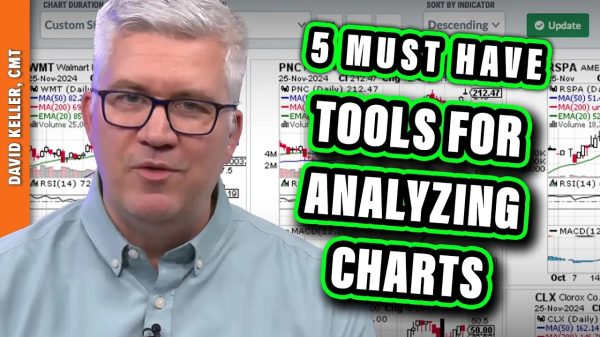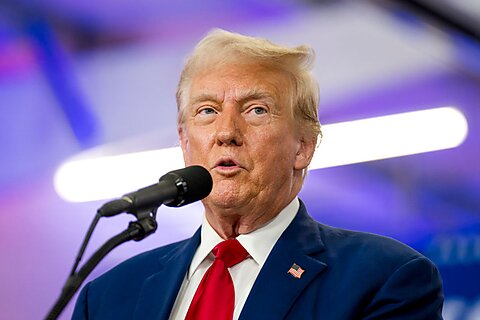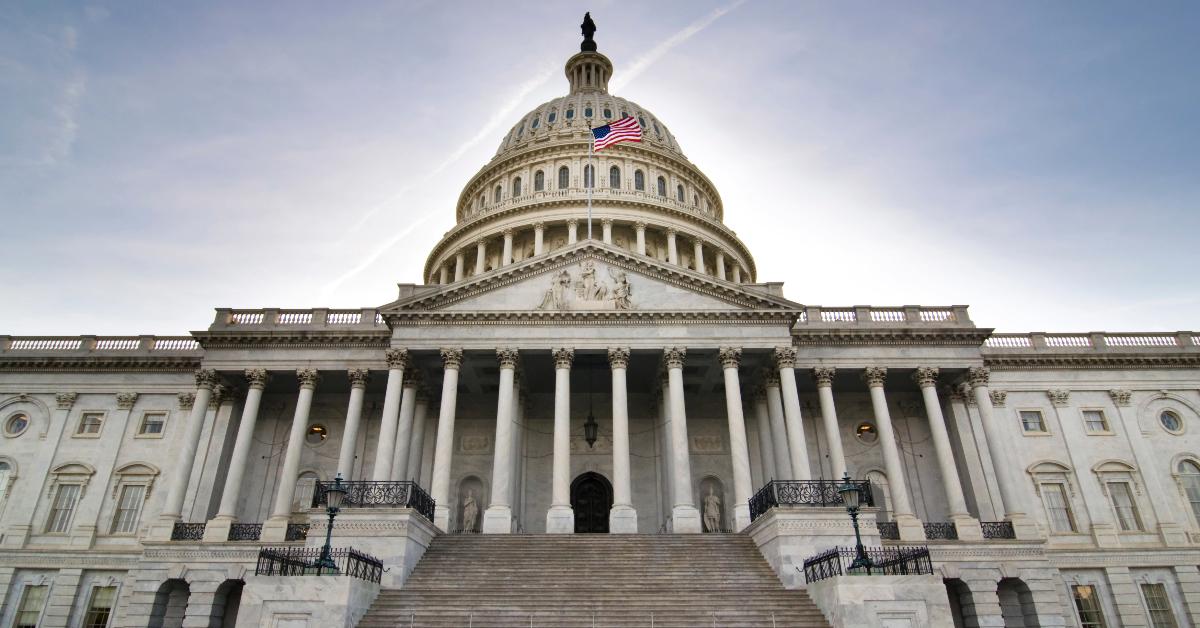How big is the federal government? Two measures are the number of civilian employees (nearly two million) and the number of agencies (now exceeding 440). These numbers barely hint at their massive meddling into business activities and the personal lives of Americans.
While government was relatively small and less intrusive during its first hundred years, the Constitution held defects. In part, they resulted from the unavoidable compromises of consensus. The founders knew this, and some had anticipated civil war decades before the first shots were fired. Many other problems emerged during the great expansion of the nineteenth century due to the industrial revolution, the growth of America’s land area, and several political factors, mostly unanticipated. As population grew from about five million in 1800 to more than seventy-six million in 1900, government gained accordingly.
It was during the early twentieth century that the government acquired many extraconstitutional powers to intervene in our lives. This was accompanied by a great expansion of its jurisdiction and cost: new agencies, more government workers, more taxes. To give you a hint of this growth, here is an excerpt from the Congressional testimony of Doctor Roger Pilon of the Cato Institute in 2005:
We come, then, to the nub of the matter. Search the Constitution as you will, you will find no authority for Congress to appropriate and spend federal funds on education, agriculture, disaster relief, retirement programs, housing, healthcare, day care, the arts, public broadcasting—the list is endless. That is what I meant at the outset when I said that most of what the federal government is doing today is unconstitutional because it is done without constitutional authority. Reducing that point to its essence, the Constitution says, in effect, that everything that is not authorized—to the government, by the people, through the Constitution—is forbidden. Progressives turned that on its head: Everything that is not forbidden is authorized.
Almost fourteen years have elapsed since Doctor Pilon’s testimony. Today, the federal government is far larger and more intrusive, having enlisted the support of Big Tech, Big Pharma, academia, the legacy media, and others. But still, how did the government grow so large?
A Fateful Error
It actually began during America’s founding, according to Professor Randy Barnett of George Mason University. In his most recent book, Our Republican Constitution, he cites the principal-agent dilemma that arose after the 1787 constitution was ratified: The adoption effectively dissolved the Articles of Confederation and the Continental Congress. In turn, this deprived the states of an active forum to oversee the new government. Furthermore, there was no provision in the Constitution for an independent plenary tribunal to adjudicate disputes concerning federalism. No wonder then that several delegates refused to sign the final draft. In his last work, The Rise and Fall of Society, Frank Chodorov wrote this about the charter’s signers: “The ink was hardly dry on the Constitution before its authors, now in position of authority, began to rewrite it by interpretation, to the end that its bonds would loosen . . . to extend the power of the central government.”
Some readers might respond that the states now had the Senate as their forum for overseeing legislation. Although members of the Senate were to be appointed by their respective state legislatures, and the Senate body held veto power over bills, the small states were outnumbered. Importantly, Senate bills were subject to defeat by the House of Representatives, in which a few densely populated commercial states reigned supreme.
Exploiting the Stealth Clauses
Federalist delegates to the 1787 Constitutional Convention openly stated their desire for a strong central government. In private communications with these colleagues, Alexander Hamilton expressed hope that the new government would eventually consolidate, with the states losing power and importance over time.
It should not be surprising then that the final draft Constitution held expressions that were capable of more than one interpretation. I shall refer to these as stealth clauses because they have been employed by federal courts to produce outcomes that were clearly unintended using customary meanings at the time of founding. Let us examine a few cases and consider their consequences.
How the Courts Boost Federal Power
First of all, courts do not base their decisions exclusively on the text of the Constitution with its amendments. No, instead they refer to the Constitution Annotated, a publication weighing many pounds. The Constitution Annotated is comprised of an amended Constitution annotated with analyses of all federal Court decisions since the federal judiciary opened for business. Constitutional lawyers depend on this publication to employ the rule of stare decisis, which serves to honor judicial precedents of like cases.
Murray Rothbard discussed the issue at length in his work Anatomy of the State. In the chapter “How the State Transcends Its Limits,” he quotes from The People and the Court by Professor Charles L. Black Jr.:
The prime and most necessary function of the [Supreme] Court has been that of validation, not that of invalidation. What a government of limited powers needs, at the beginning and forever, is some means of satisfying the people that it has taken all steps humanly possible to stay within its powers. This is the condition of its legitimacy, and its legitimacy, in the long run, is the condition of its life. The court, through its history, has acted as the legitimation of the government.
It should be noted that the court is biased to favor Congress (the justices call it deference) in these cases. This is common knowledge and is openly conceded by judicial appointees and by justices in their official opinions. Indeed, Chief Justice John Roberts provided the key defense for the Affordable Care Act, even though that law was opposed by twenty-six attorneys general during a court challenge.
The earliest event that my research uncovered was not a court case but a dispute between Alexander Hamilton and Thomas Jefferson. Hamilton was promoting his ambitious plan to improve the new nation’s financial condition; it would require Congress to charter a bank modeled after the Bank of England. Jefferson believed this was unconstitutional; the Constitution did not even mention banks.
But Hamilton convinced President George Washington that the Constitution was not meant to cover everything the nation might need in the future, and to meet this need, Article I, Section 8 ended by granting power to “make all Laws which shall be necessary and proper for carrying into execution” (emphasis mine) the enumerated federal powers granted by the Constitution. So, the “bank law” was passed by Congress and signed into law, creating the First Bank of the United States.
Of all stealth clauses, the commerce clause was almost the last to be exploited. Article I, Section 8 states that “Congress shall have the power to regulate commerce among the several states.”
In the case Wickard v. Filburn, a poor Ohio farmer was fined $117 for planting more wheat than his allotted 111 acres under a New Deal law. The government claimed his infraction “affected” market prices of wheat, even though he planted it just for family use. The false principal established after the Supreme Court upheld this case had a profound outcome. Almost all federal agencies could be disbanded if the case were overturned.
In a case under the New Deal’s National Recovery Act, a poor immigrant operated his dry-cleaning shop in New Jersey. He was fined one hundred dollars for charging five cents less than was allowed by the National Recovery Act to dry-clean a garment. He was jailed for a second infraction, while his family struggled to pay the fine.
In both of these cases, the government claimed that the violations affected interstate commerce, even though that was patently false. Nonetheless, the Supreme Court upheld both cases. Clearly, government inspectors chose to prosecute the innocent citizens to serve as examples and create fear in others.
The Constitution refers to general welfare in two places, the preamble and the taxing and spending clause. These references have been used as justification for a number of measures that were surely not envisioned by the framers. One example was adoption of the prohibition amendment. Another was the Social Security Act and countless other measures passed for the “general welfare.”
























